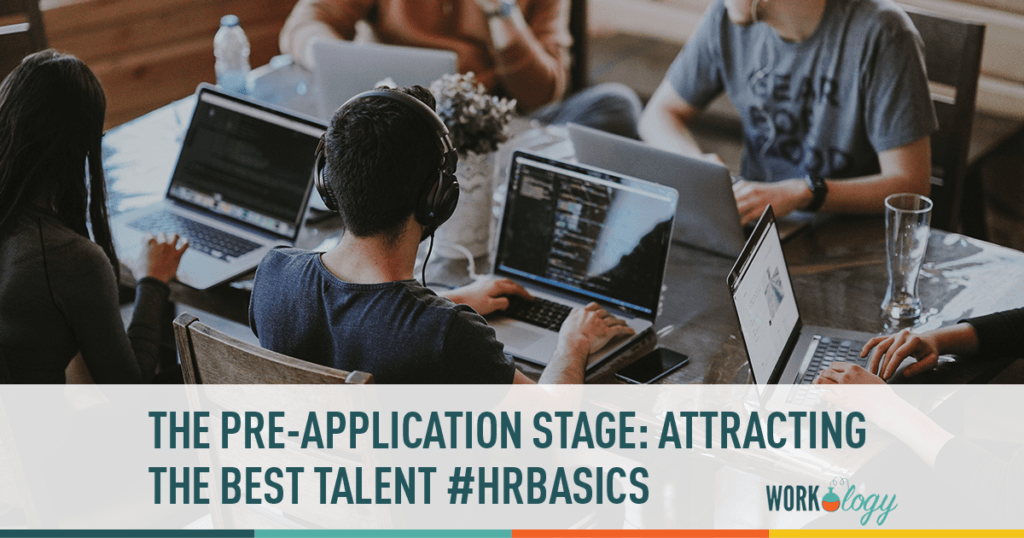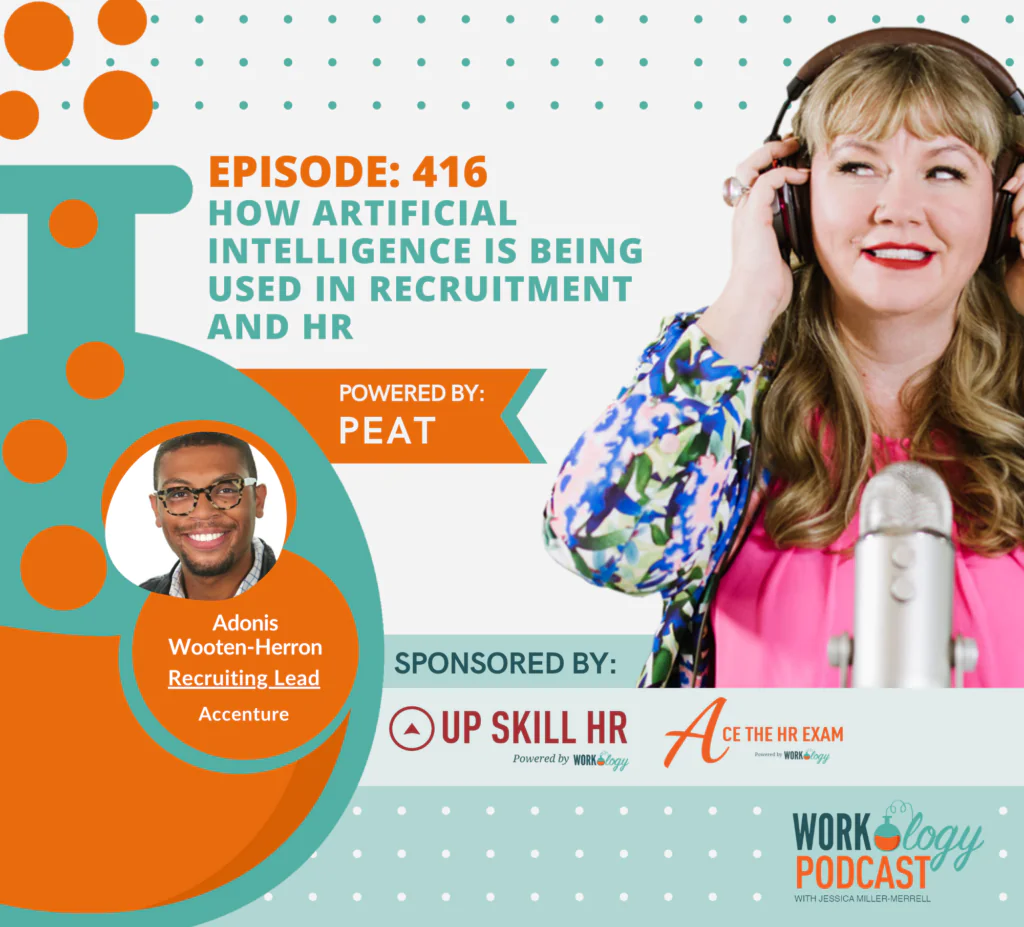Blogging4Jobs is bringing you a special two-week series on basics in the workplace. Whether you’re a seasoned pro or new practitioner, learn about the basics of your job. It’s information we all need to know.
Increasingly talent is conceptualized as a commodity, to be quantified and measured. Companies are re-directing sales and marketing principles to the hiring process to better engage the best candidates as they would customers. This is partly because of applicants’ rising expectations in terms the service that they expect from companies. Dr Charles Handler evaluates the rights that candidates have when they undergo the recruitment process, concluding that they deserve both a good user experience and an enjoyable assessment. We can question the rationale of ‘enjoyment’ in this context, perhaps it’s better expressed as candidate satisfaction with company branding – the hiring process is another product for the company to be judged on and traditional customer support techniques need to be applied.
Where does a brand begin in the pre-application stage?
Employees are an extension of companies’ branding. Creating a welcoming recruitment presence in the social channels where target candidates spend time encourages them to form a strong first impression. Almost every US company (92%) is now hiring through social media, it’s beginning to offer better ROI, especially in terms of branding and reputation building than advertising through traditional job-boards and search engines. To create a recruitment brand through social media, companies should look to their employees. Every employee can be an excellent brand ambassador providing their message is humanizing and they steer clear from robotic reproduction of job roles. All content should be informative and look to engage potential applicants in two-way dialogue – participating in industry discussions and monitoring hashtag discussions are often successful tactics, (candidate feedback is a good indicator of what works best for your brand). Offering value with webinars, events, contests and rewards maintains interest and can help to develop a loyal community of followers.
How important is content?
A strong social presence encourages immediate synergy between candidate and company, but career site conversion should be the focus. With job board hiring trending down, the most recent CareerXroads survey showing a drop of 28% in 2 years, content rich, user friendly pages careers pages are growing in importance – the same report showed that they accounted for 23.4% of hires in 2012. This makes getting the careers site right key. Staff testimonials, videos and photos, as well as opportunities to engage directly with employees, add real value to the candidate experience.
Careers pages also give companies an opportunity to expand on relationships formed on social media. Progressive hirers encourage candidates to join talent networks where they can easily share content and job opportunities. This informalizes the application and makes it easy for potential applicants to connect with companies, reducing the bounce rate from careers pages, often as high as 97%. Early adopter Zappos has fully committed to this concept, removing all job posts and encouraging would-be applicants to join their talent community as ‘insiders’. It’s too early to tell how effective this experiment will be but they expect a significant increase in applications.
How can gamification help?
Gamification, traditionally used by marketers and product managers to develop relationships with customers, can also be an effective tool to enhance candidate engagement and commitment to the application process. This is reflected in the dramatic increase in the number of companies deploying it, in fact recent research suggests that by the end of 2014 more than 70% of the world’s largest 2,000 companies will have launched at least 1 gamified application.
It’s not just video-game inspired apps though, gamification extends to open sourced projects like Cisco Systems’ ‘I-Prize’ contest which challenges teams and individuals to use collaborative technologies to create innovative business plans. The winners receive up to $250,000 and in 2010 it attracted over 800 ideas from 3000 individuals from 150 countries! With widespread application in terms of candidate engagement, it’s no wonder that the total market for gamification tools, services and applications is projected to be $5.5 billion by 2018.









